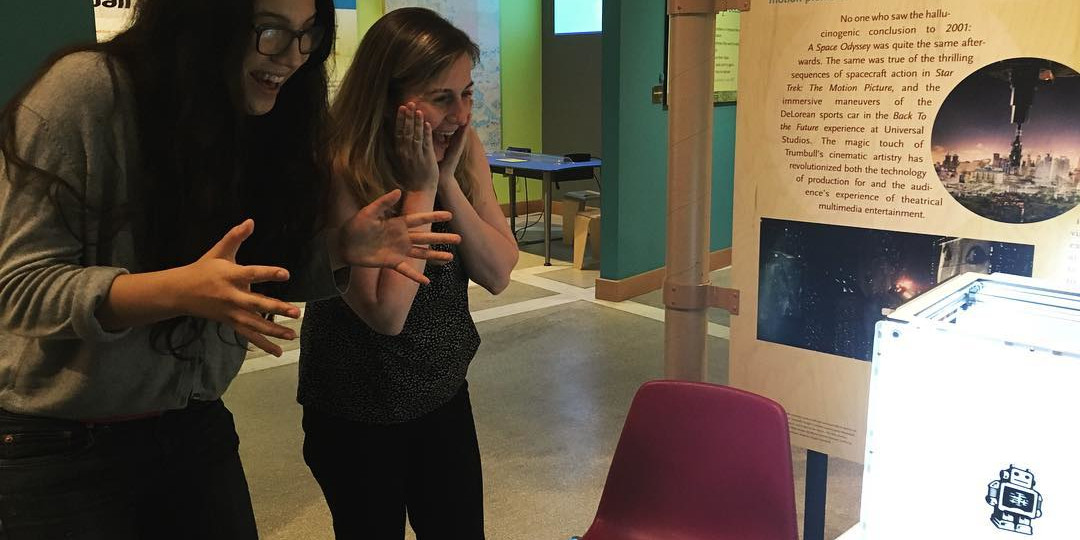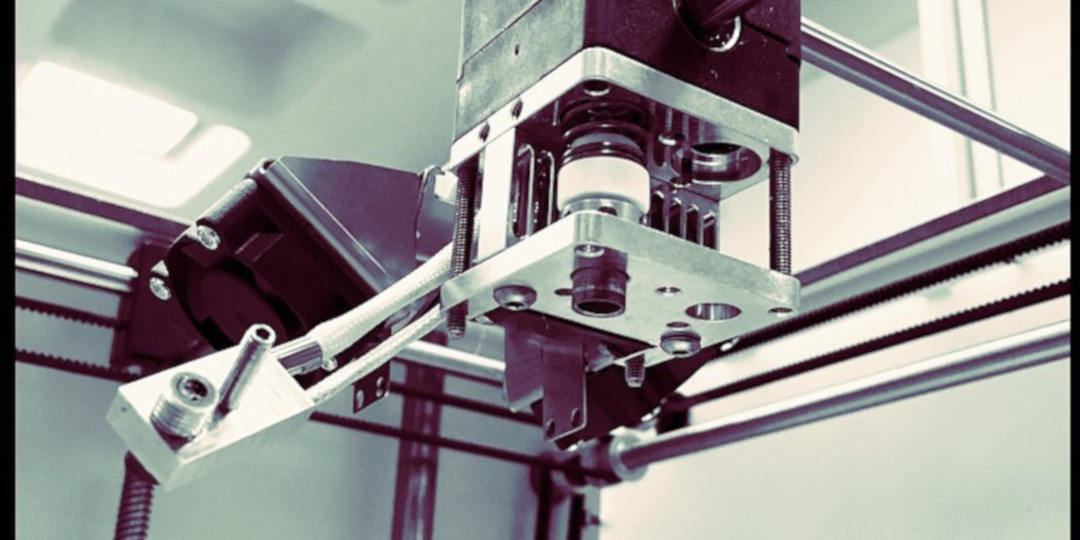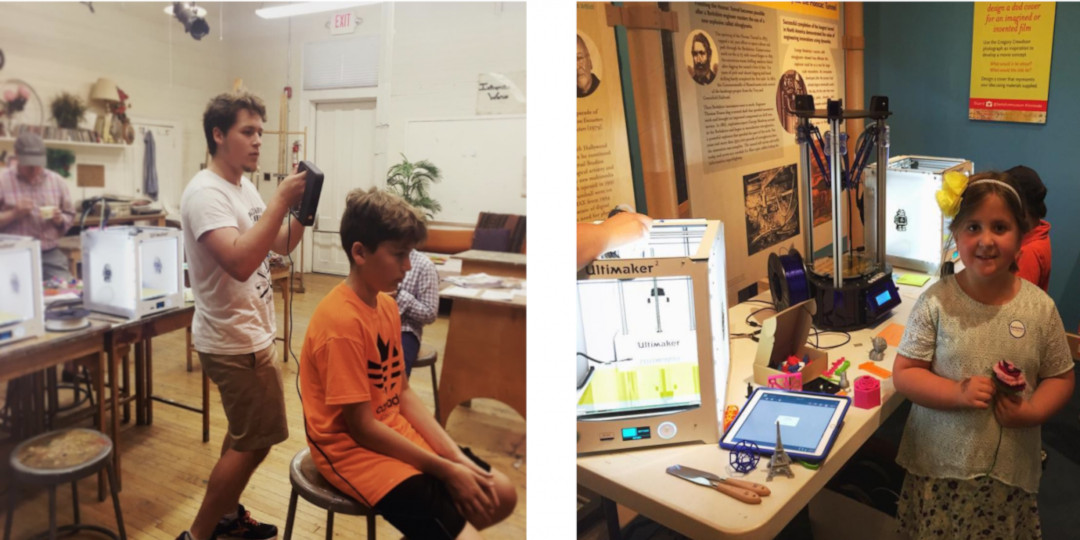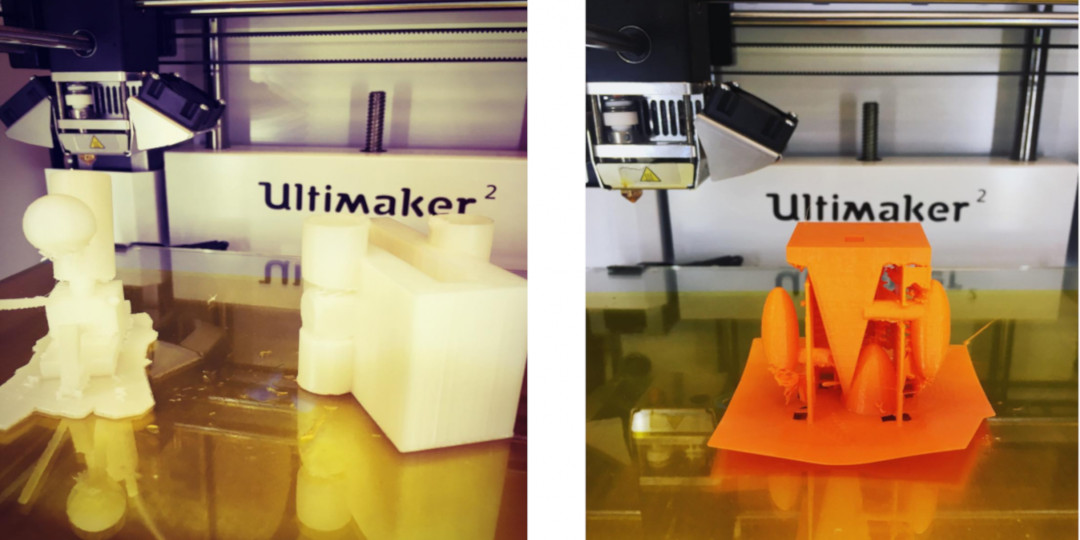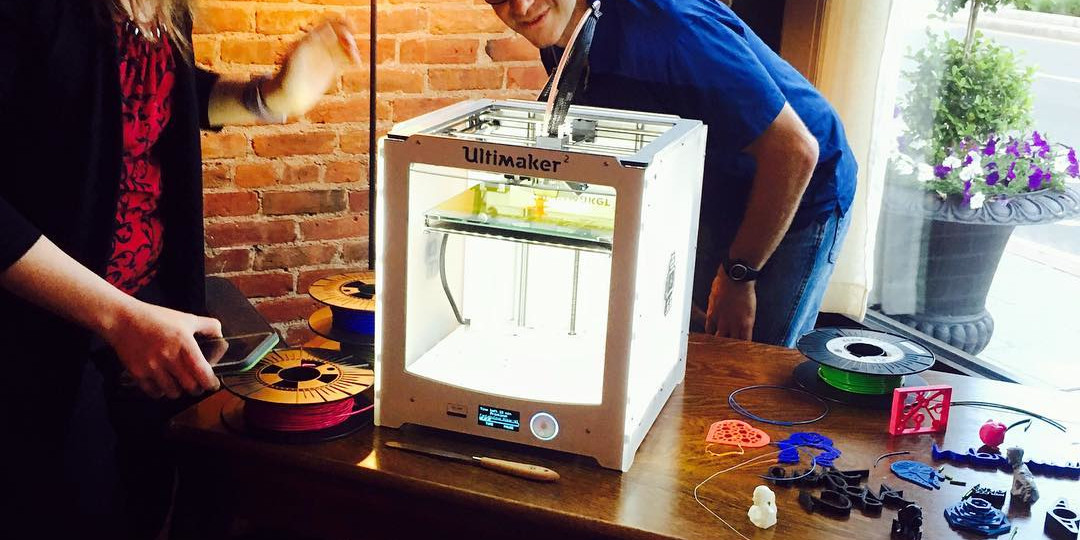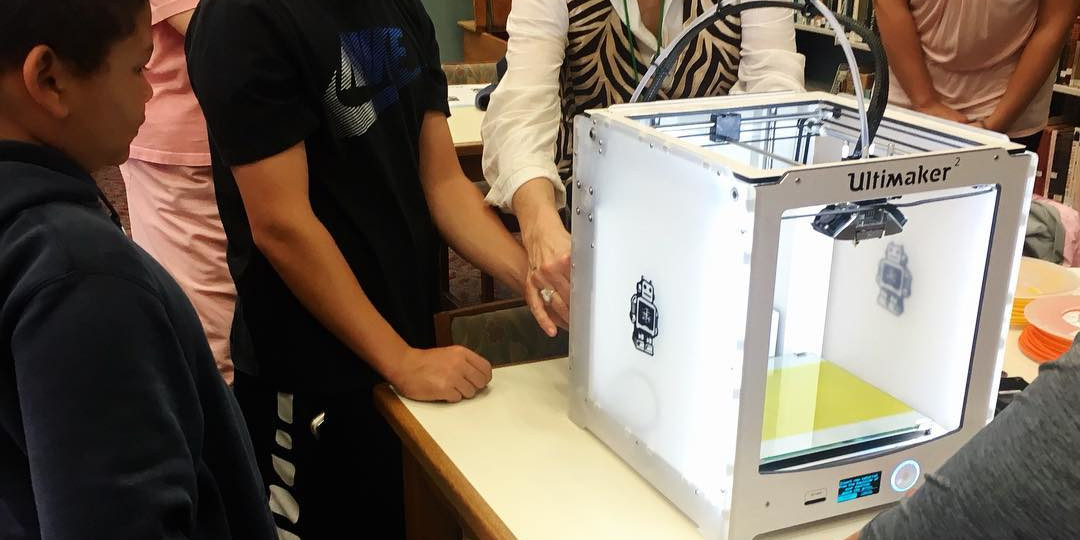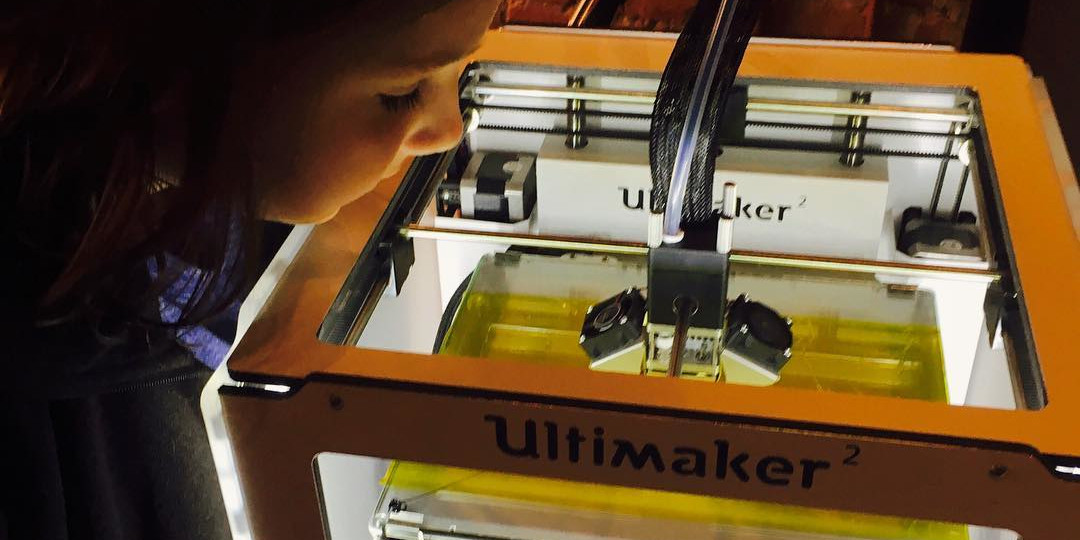Andrea Puglisi is a serials and reference librarian from Pittsfield, Massachusetts. In this library story, she shares her experience of how 3D printers can be used as powerful educational outreach tools for the local community.
Our story
Set along the Appalachian trail, the Berkshire Athenaeum, Pittsfield’s Public Library serves a rural community of 42,000. We offer a wide variety of services to meet the needs to develop skills for all members of our community. Traditionally, we have been an early adopter of emerging technologies that we have successfully incorporated into our services. We saw the inclusion of 3D printing in the library as a fun way to engage our community with artistic expression and engineering opportunities.
Berkshire Museum Maker Day
When we decided to incorporate 3D printing into our services, no one on staff had any prior experience with 3D printing or computer-aided design (CAD). During the planning process, we researched the machines that were on the market and we went on site visits to UMASS Amherst’s Makerbot Lab, Springfield City Library, and Taconic High School.
Before we committed to purchasing any equipment, we identified members of our community who could be resources to us. Located in the rolling hills of the Berkshire Mountains, sending off our machines for maintenance problems would be costly and time-consuming. It was vital to us that we identify local partners and grow those relationships for troubleshooting assistance and to nurture future programming opportunities.
After we researched equipment options and identified local supporters, we purchased a total of three 3D printers, including two Ultimaker 2's, one of which is regularly humming away in the Children’s library, and the other available for use by teens and adults in the Reference Department. During our research period, we consistently received positive feedback from libraries and hobbyists about Ultimaker 3D printers. We also wanted to broaden our community’s exposure to different makes and models, so we purchased SeeMeCNC’s Orion Delta as a third machine.
Before we introduced our equipment to the public, staff planned for a period of time to learn and train how to use it. During the learning stages, staff benefited greatly from trial and error by embracing a hands-on approach. For the more advanced customizations that we made to our machine, such as installing the Olsson Block nozzle, we found that Ultimaker’s instructions on the Internet, Ultimaker’s YouTube Channel, and the Ultimaker Community were supportive and vital resources. When setting up our new machines, we quickly became masters of calibrating the build plate; we learned how to change filament; and, we learned that depending on the color or brand of filament, that it may be necessary that we adjust the tension on the feeder.
Fortunately, to date, we have not had any serious problems. Our library staff have been able to troubleshoot and resolve any issues independent of any third parties. The experience has shown us that with an open mind and a willingness to learn by trial and error, anything is possible!
3D printers as outreach tools
We have found significant value in 3D printers as outreach tools. 3D printing is an interesting process to watch, and printers have an appeal to them which gets people excited about the library and learning possibilities. We began public outreach and programming with our 3D printers in the Spring of 2016. Using a variety of computer-aided design and tools, our library offers programming and instruction to people of all ages and backgrounds.
Our 3D printers were included in IS183 Art School’s Summer 2016’s open house (we were scanning busts using a 3D Sense Scanner and printing them!). We have also included our 3D printers at the Berkshire Museum’s Maker Day; at a local conference targeting teens at Hancock Shaker Village; and at Hotel on North’s Craft Night. When we we are on the road and offering programming in the community, we have had success using Tinkercad, the Morphi App and our 3D Sense Scanner to get beginners engaged with design.
3D printing in the children’s library
We have integrated our 3D printers into programming in the Children’s library. Our Ultimakers are included in our Explorer Club and Summer Reading program. Kids have been applying math, science and art skills to create some pretty amazing designs using Tinkercad. Two of our favorite designs made in the Children’s library includes a geyser model and a collapsing black hole. Our patrons designed these prototypes to be included in Science Fair projects at school.
Our printers have been excellent tools that foster tangible connections between art, science, and math for all ages. This is best demonstrated through our “Technology Tuesdays” program which targets kids and teens. During our Technology Tuesdays program, attendees are able to design, print and play with Ozobots and other coding tools available in our library.
Our Ultimakers are also available for use by teens with staff oversight. Supported by our Self-Guided Program, teens have the opportunity to learn the basic mechanics of our machines. We instruct them on basic tasks like changing filament and/or unclogging the print head using the Atomic Method. These opportunities have been valuable and enriching for our teen audience (and, a lot of fun!).
3D printing at the library: Teens and adults
Our library offers training to the general public as part of our Self-Guided Program. It is through our Self-Guided Program that we have been able to start cultivating a community of independent users. Participants in our Self-Guided Program have typically been teens and adults with all sorts of curiosity and ideas on how to use our equipment.
We have found that success with 3D printing at the library will look different depending on the patron and their expectations. Some members of our community are interested in the theory of how the machines work and the possibilities that they offer. Other members of our community are interested in 3D printing as a hobby and/or as a skill to develop that will benefit them in the workplace.
When introducing 3D printing to our community, we require patrons attend our staff lead sessions to answer questions and to give everyone the opportunity to put their hands on our machines. This experience is extremely beneficial to building confidence. These sessions bring people together of all ages, backgrounds and experiences to talk about technology.
It is important to us that learning about 3D printing is a rewarding, easy experience. Our Ultimaker 2 printers are accessible and reliable. This has allowed for us to create an environment where patrons are confident with the equipment which, in turn, makes them more comfortable engaging with the equipment.
One of our favorite patron success stories includes a local baker who is currently modeling cakes that she will place on display in her shop. Another one of our library patrons designs slides of different space shuttles; you can read more about his experiences using our equipment on his blog, Channeling Whittlin Jim. One of our teen patrons has delighted in working towards becoming an expert on troubleshooting our Ultimaker 2. This same patron advocated for 3D printing at the library by publicly speaking to policy makers at Massachusetts Library Association’s Legislative Breakfast which was held at the Stockbridge Library Association on January 27, 2017.
3D printing is rich with opportunity
3D printing offers plenty of educational, artistic and partnership opportunities. With reliable equipment and an openness to learn as you go, it is possible to successfully integrate this technology into library services.
With staff time being limited, it is important to our library that we have machines that are easy to learn and train on. Our Ultimaker 2’s are becoming a source of pride and creativity in our community. Enthusiasm about 3D printing at the library has allowed us to collaborate, engage a new audience and has resulted in a growth of library advocates.
For more information about introducing 3D printing to your community, please read: 3D printing & Lendable Technology at the Berkshire Athenaeum.
For more information about 3D printing at our library, do not hesitate to contact the Pittsfield library by e-mail.
We are quite active on social media and we encourage you to follow us on Facebook, Twitter, Instagram and Snapchat.























